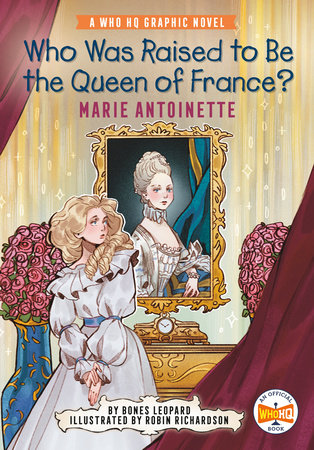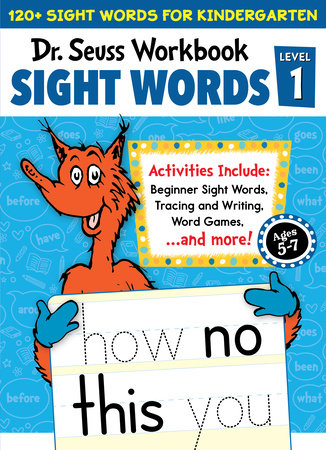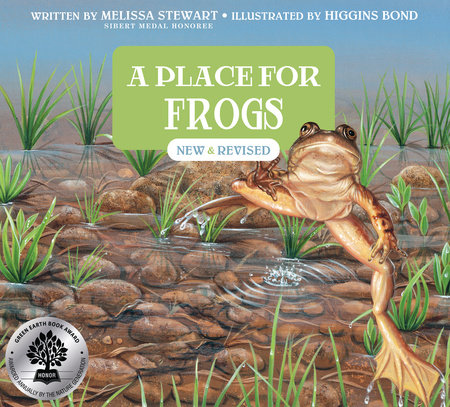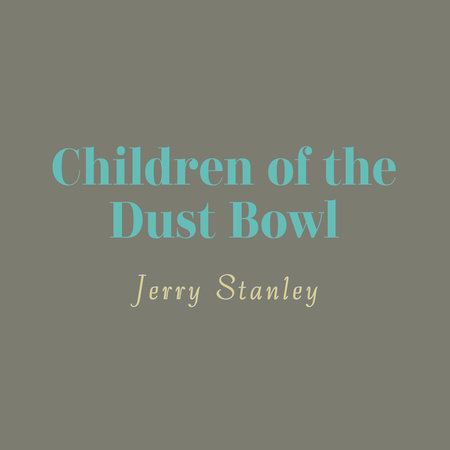

The Bumblebee Queen
By April Pulley Sayre
Illustrated by Patricia J. Wynne
By April Pulley Sayre
Illustrated by Patricia J. Wynne
Category: Children's Nonfiction

-
$8.99
Jul 01, 2006 | ISBN 9781570913631 | 4-8 years
Buy the Paperback:
YOU MAY ALSO LIKE

Who Was Raised to Be the Queen of France?: Marie Antoinette

Polar Bear

Try Not to Laugh Mad Libs

Dr. Seuss Sight Words Level 1 Workbook

Introducing Sandwina

Hospital Heroes Save the Day!

A Place for Frogs (Third Edition)

A Place for Bats (Third Edition)

Children’s Illustrated Atlas Collection
Praise
In the spring, a queen bee digs her way out of the ground and flies off to drink nectar and search for a home for her colony. She settles into an old mouse nest, makes a waxy cup for storing nectar, lays eggs, tends them, and hatches them. After going through the larval stage, the new bees become workers, drones, and queens. In the fall, the new queens mate with drones before burrowing underground for the winter. A dual text conveys the main facts in large-type words, carefully chosen for sound as well as meaning. In a smaller font, another paragraph on each page or double-page spread offers related information in greater detail. Precise ink drawings with watercolor washes illustrate the text with clarity, simplicity, and skill. An appended spread includes a circular illustration of the bee’s life cycle as well as more facts about U.S. bees and pollination, suggested activities, tips on observing bees, and short lists of recommended books and Web sites. Informative and attractive.
—Booklist
We join a queen bee as she emerges in spring and begins the process of colony building and reproduction. She carefully chooses a nesting site, builds her hive, lays eggs, and cares for the drones, workers, and new queens that hatch. Sayre tells the bee’s story in the main text and provides additional interesting bee facts in separate areas. The clear, close-up illustrations depict the fuzzy bees in their farmland habitat filled with colorful flowers, trees, and leaves, and include enough detail to help young readers learn bee and hive structures. The choice to focus on the queen as the central character is understandable from both scientific and literary perspectives, though it does mean less attention paid to the equally important workers and drones. Further information about bees, including tips on careful observation and facts about pollination, is appended along with a list of recommended books and websites.
—The Horn Book
Sayre follows the life cycle of a bumblebee queen, as she emerges from her winter shelter, selects an abandoned mouse nest for a colony site, busily tends the first generation of eggs and larvae, then, at summer’s end, dies with her workers and drones, while the next generation of queens digs in to wait for spring. Throughout, she inserts additional details in smaller-type rubrics and adds “More Buzz about Bees” and “Good Bee-Havior,” at the end. Wynne draws the viewer in to her precisely detailed, close-up natural scenes by posing queen and offspring looking up from the page to make eye contact—but she follows the author in steering clear of anthropomorphic inventions. Capped by a multimedia resource list, this makes nourishing fare for young observers of nature.
—Kirkus Reviews
Engaging watercolors keep time with a simple, easy-to-read text describing the life cycle of a bumblebee queen, from her awakening from winter hibernation to her death in late autumn. Sayre includes “fact circles” containing extra data on these creatures, a couple of closing paragraphs on bumblebee/honeybee pollinating skills, and respectful human behavior toward bees. Gentle, informative, and appealing, this title is an effective antidote to the edgy world of “killer” bees.
—School Library Journal
21 Books You’ve Been Meaning to Read
Just for joining you’ll get personalized recommendations on your dashboard daily and features only for members.
Find Out More Join Now Sign In














